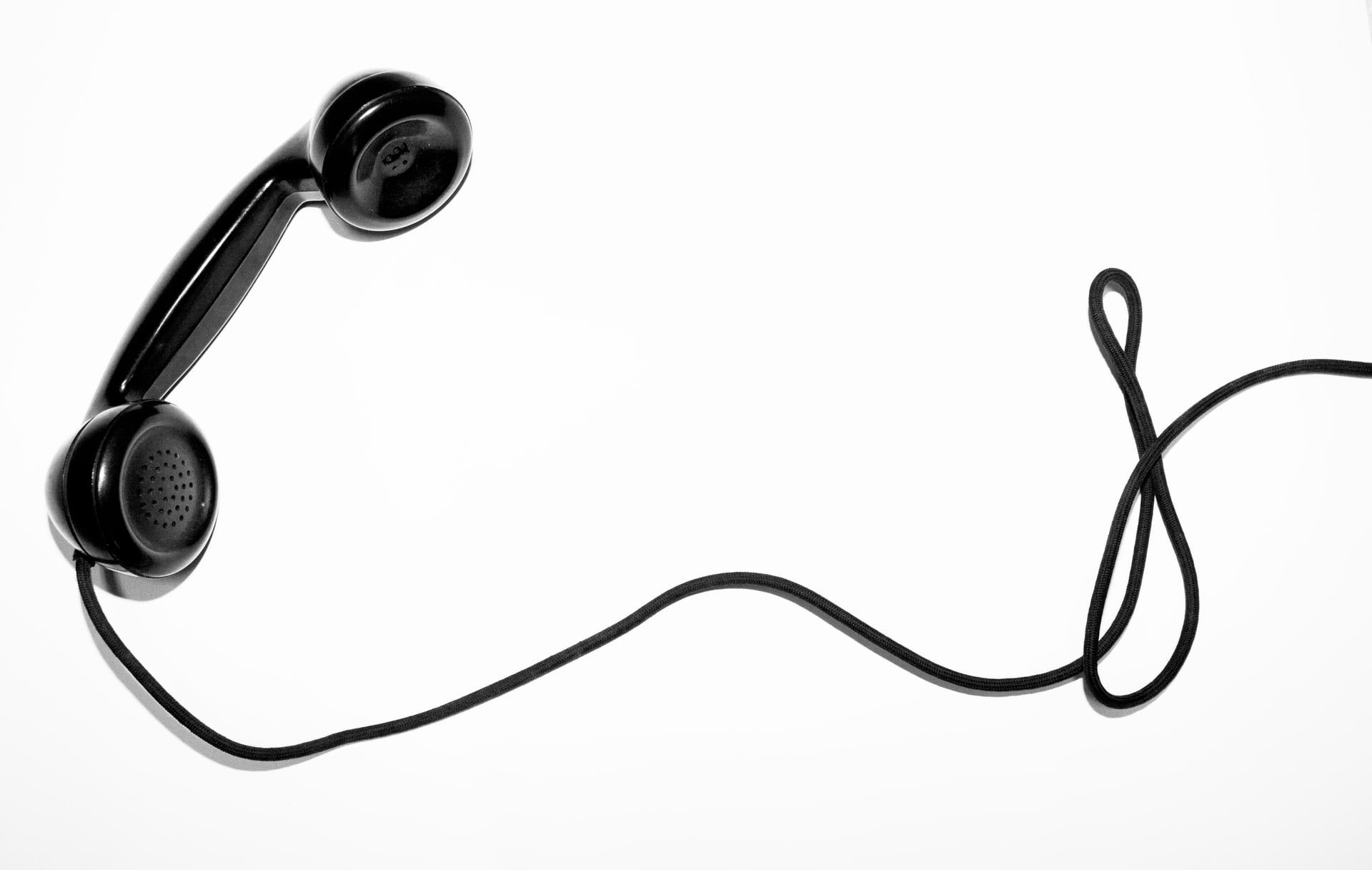In August last year, I was part of the ‘Vendor PoC’ for our new Plexus network.
Firstly, if you’re not in the know, a PoC is a ‘proof of concept’ and it’s our opportunity to test that the Vendor’s equipment can do exactly what we need – and do what they have told us it can!
After we had decided to refresh our network, we sent our design requirements to four different vendors, who all had the chance to present their own interpretation of what they thought we needed. They were Juniper, Ericsson (in partnership with Cisco), Nokia (formerly Alcatel-Lucent) and Huawei.
The first stage of the selection process was to eliminate two of these. Juniper and Ericsson didn’t make it past this stage. Juniper’s solution didn’t scale very well when it came to BNG (Broadband Network Gateway), Ericsson’s relationship with Cisco wasn’t really very mature and they also weren’t very timely in responding to us. We got the impression that we weren’t really big enough as a company to take seriously.
After we had chosen Nokia and Huawei for the second stage, we arranged for proof-of-concept visits. Each PoC involved a week-long visit to both Nokia (in Bristol) and Huawei (Reading). If not for the tight timescales, Huawei were willing to fly us over to China, business-class!
Both offices were based in huge technology industrial parks (think Disneyland for geeks). These places are enormous, even to the point of having their own internal bus routes!
Each PoC was five days of vigorous testing, putting the equipment selected for our network by each Vendor through its paces.
Both had different ways of demonstrating their equipment’s capabilities. The Nokia way was sitting in a nice meeting room, with big screens and comfortable chairs away from the noisy and hostile environment of a datacentre. The Huawei approach was sitting IN the datacentre, right in front of the kit. Very cold and noisy.
We basically needed to see a mockup of the entire proposed network, with an example of each service that Zen sells running over it. That’s DSL/FTTC for the bulk of our residential/small-business customers, and Ethernet and IPVPN for our larger customers (services like Co-Lo & Hosting are essentially classed as Ethernet from a “we need to replace our core network” perspective).
Working in this industry as long as I have, I’ve learned the lesson many times that the marketing material these companies put out doesn’t necessarily meet reality. This was our chance to put their claims to the test!
One big example of this was failover. We were told by both vendors that they had protocols in place which allowed for the seamless failover of Broadband customers from one gateway to another, if one of their gateways failed. The customers wouldn’t even notice that their Broadband had dropped and reconnected.
Now, if you know anything about broadband networks, you’ll know that this is quite a tall order. Protocols like this have existed for a long time, and if the wind is blowing the right way, and you’ve quoted the correct incantation whilst standing on your head, It might work.
Mostly, it doesn’t.
Unfortunately Nokia didn’t get chance to demonstrate this holy grail to us, because their test lab wasn’t fully geared up to do the test to the level we wanted.
Huawei did. It was pretty impressive.
Each vendor had their own management platforms and both vendors are trying to move away from the CLI (command line interface) to a more graphical way of working. This means fewer commands typed into terminals and more point and click. Personally, I preferred Nokia’s software, which seemed more polished. You could achieve essentially the same thing with both, but I’m a sucker for good, efficient interface design. It was very Apple.
I’d describe Huawei’s Network Management system as quirky. It’s HUGELY configurable which is a massive plus, but as with anything so capable, there’s also a very steep learning curve.
As I’m sure you’re aware, in the end we went with Huawei. There were many reasons for this, some of which we disagreed on, but a consensus was reached. Whilst Nokia had the better software, Huawei had more capable hardware. There were certain worrying limitations with Nokia’s hardware which may have shown up as problems later on.
We also had a hard time in our own test lab, trying to make the Nokia kit compatible with our existing network, an essential design consideration when you think that, for a time, both networks will be wired into each other like conjoined twins! We didn’t have the same problem with the Huawei kit though there were some initial teething problems – but then again, aren’t there always?
Derek Broadhurst, senior engineer, Zen
Firstly, if you’re not in the know, a PoC is a ‘proof of concept’ and it’s our opportunity to test that the Vendor’s equipment can do exactly what we need – and do what they have told us it can!
After we had decided to refresh our network, we sent our design requirements to four different vendors, who all had the chance to present their own interpretation of what they thought we needed. They were Juniper, Ericsson (in partnership with Cisco), Nokia (formerly Alcatel-Lucent) and Huawei.
The first stage of the selection process was to eliminate two of these. Juniper and Ericsson didn’t make it past this stage. Juniper’s solution didn’t scale very well when it came to BNG (Broadband Network Gateway), Ericsson’s relationship with Cisco wasn’t really very mature and they also weren’t very timely in responding to us. We got the impression that we weren’t really big enough as a company to take seriously.
After we had chosen Nokia and Huawei for the second stage, we arranged for proof-of-concept visits. Each PoC involved a week-long visit to both Nokia (in Bristol) and Huawei (Reading). If not for the tight timescales, Huawei were willing to fly us over to China, business-class!
Both offices were based in huge technology industrial parks (think Disneyland for geeks). These places are enormous, even to the point of having their own internal bus routes!
Each PoC was five days of vigorous testing, putting the equipment selected for our network by each Vendor through its paces.
Both had different ways of demonstrating their equipment’s capabilities. The Nokia way was sitting in a nice meeting room, with big screens and comfortable chairs away from the noisy and hostile environment of a datacentre. The Huawei approach was sitting IN the datacentre, right in front of the kit. Very cold and noisy.
We basically needed to see a mockup of the entire proposed network, with an example of each service that Zen sells running over it. That’s DSL/FTTC for the bulk of our residential/small-business customers, and Ethernet and IPVPN for our larger customers (services like Co-Lo & Hosting are essentially classed as Ethernet from a “we need to replace our core network” perspective).
Working in this industry as long as I have, I’ve learned the lesson many times that the marketing material these companies put out doesn’t necessarily meet reality. This was our chance to put their claims to the test!
One big example of this was failover. We were told by both vendors that they had protocols in place which allowed for the seamless failover of Broadband customers from one gateway to another, if one of their gateways failed. The customers wouldn’t even notice that their Broadband had dropped and reconnected.
Now, if you know anything about broadband networks, you’ll know that this is quite a tall order. Protocols like this have existed for a long time, and if the wind is blowing the right way, and you’ve quoted the correct incantation whilst standing on your head, It might work.
Mostly, it doesn’t.
Unfortunately Nokia didn’t get chance to demonstrate this holy grail to us, because their test lab wasn’t fully geared up to do the test to the level we wanted.
Huawei did. It was pretty impressive.
Each vendor had their own management platforms and both vendors are trying to move away from the CLI (command line interface) to a more graphical way of working. This means fewer commands typed into terminals and more point and click. Personally, I preferred Nokia’s software, which seemed more polished. You could achieve essentially the same thing with both, but I’m a sucker for good, efficient interface design. It was very Apple.
I’d describe Huawei’s Network Management system as quirky. It’s HUGELY configurable which is a massive plus, but as with anything so capable, there’s also a very steep learning curve.
As I’m sure you’re aware, in the end we went with Huawei. There were many reasons for this, some of which we disagreed on, but a consensus was reached. Whilst Nokia had the better software, Huawei had more capable hardware. There were certain worrying limitations with Nokia’s hardware which may have shown up as problems later on.
We also had a hard time in our own test lab, trying to make the Nokia kit compatible with our existing network, an essential design consideration when you think that, for a time, both networks will be wired into each other like conjoined twins! We didn’t have the same problem with the Huawei kit though there were some initial teething problems – but then again, aren’t there always?
Derek Broadhurst, senior engineer, Zen

Zen Internet - Home SalesSales
01706 902573
Zen Internet - Customer EnquiriesCustomer Enquiries
01706 902001


